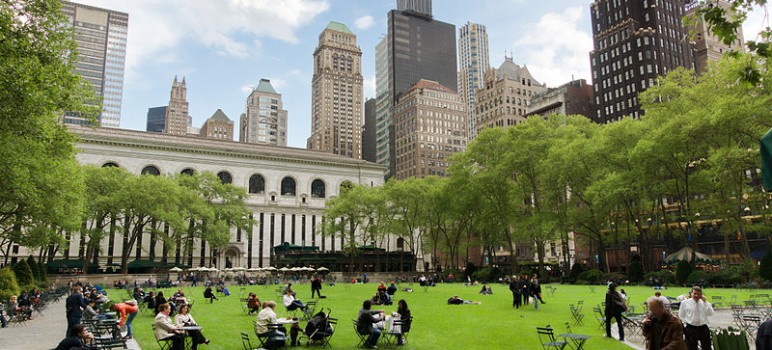I was able to take college classes while serving in the Navy, some through correspondence courses and others at local community colleges near my duty stations. It was during my final years of active duty at NAS Key West that I took an Introductory Sociology class at Florida Keys Community College.
I found the class so inspiring that I did additional study on my own and seriously considered studying Urban Planning. This was during the 1970s, when American cities were in deep decay. The prevailing wisdom held that American urban centers were seeing their last days.
But there were a few voices of hope advocating on behalf of our cities. Perhaps the most influential of these voices was Jane Jacobs, who shattered mythologies and long-held beliefs of an entrenched urban planning establishment.
William H. "Holly" Whyte, another forward-thinking urbanist, was impressed with Ms. Jacobs’ writing and encouraged her to publish her ideas. The result was "The Death and Life of Great American Cities," which is still among the most influential books on urban planning.
Whyte became Jacobs' mentor and conducted some amazing work of his own—most notably, his observational studies of urban spaces. This work helped reveal what factors make an urban space succeed. He and his colleagues spent weeks filming and documenting behavior in public spaces throughout New York City, and his findings are still revered today.
Thanks to the G.I. Bill, I obtained my Bachelor's Degree in Sociology at U.C. Berkeley. I did not pursue urban planning, primarily because it was an Architecture Major at Cal. My life went in another direction.
Fast forward to the present day, and I’ll explain why I’m an optimist regarding the revitalization of St. James Park.
I’m reminded of Bryant Park, which I visited while attending the Greater & Greener Conference in New York City. The park was once a have for drug dealers; a place average citizens avoided out of fear. By the mid-70s, it was considered out of control. But thanks to the patronage of philanthropist Brooke Astor, and the leadership of Dan Biederman, who worked and studied under Holly Whyte, Bryant Park was reborn as an active and safe urban space.
I have seen first-hand how a space that was out of control and scary—and considered worthless to some—can be re-invented. This is just one of the reasons I am optimistic about the developments at St. James Park. I'll provide more details in my next column.


In the olden days when the great urban parks were established it seems cities had a better sense of their duty to serve the people. Land was looked upon as an asset that, with the help of government, could be set aside and preserved and developed for aesthetic and recreational reasons and to benefit the people of the community. Now, the government of San Jose, hopelessly confused about it’s role, looks upon land as an asset to be used to maximize it’s revenue and to benefit itself.
City leaders no doubt curse under their breath the memory of Lester Cottle who had the poor taste to bequeath some 200 and some odd acres to the City/County with the stipulation that it be preserved to commemorate the valley’s agricultural heritage. Such a waste. Land pulled out from under us that could have been used for massive affordable housing developments, Chipotle restaurants, and innumerable nail salons, all paying taxes so that our local governments could grow bigger and it’s employees more wealthy.
But Bryant Park in the middle of dense Manhattan with plenty of foot traffic, interesting sights and sounds, etc. To be in the middle of Bryant Park is to be awed at the might of human ingenuity, and enthralled at the buzzing of human activity and commerce (assuming you like that sort of thing). St. James Park is in the middle of downtown San Jose.